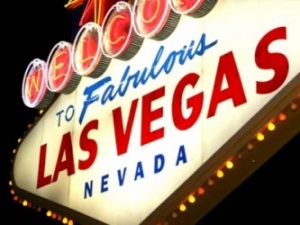Annual report shows increased visitor spending for Las Vegas Tourism

According to the Las Vegas Convention and Visitors Authority’s (LVCVA) 2011 Visitor Profile Study, visitor spending is on the rise in multiple categories: lodging, food and beverage, shopping, sightseeing, local transportation and hotel packages.
“The Visitor Profile Study is a tremendous tool in understanding the visitors that come to Las Vegas,” said Kevin Bagger, senior director of marketing for the LVCVA. “The primary takeaway from this year’s study is that visitor spending is on the rise, signifying a continuation in the recovery of the tourism industry in Las Vegas.”
Visitor spending on non-gaming elements increased in multiple key areas. Average per trip spending on food & beverage increased from $256.82 in 2010 to $274.69 in 2011, a seven percent increase. Also showing significant increases over previous years was visitor spending on shopping at $129.34, up from $122.80 in 2010 and sightseeing at $10.24, up from $7.21 in 2010.
Other highlights from this year’s study include:
Visitor satisfaction remains strong; with 92 percent of visitors saying they were “very satisfied” with their visit and less than one percent reporting being “dissatisfied” with their trip.
Word of mouth advertising for Las Vegas is positioned well with 91 percent of visitors saying that they would “definitely or probably will” recommend Las Vegas to others.
More than half of all visitors used the Internet to plan their trip, increasing from 53 percent to 55 percent.
The percentage of visitors who arrived by air grew to 44 percent, up from 41 percent in 2010 and 42 percent in 2009.
The average Las Vegas visitor is 49 years old, is more likely to be married (77 percent), a college graduate (50 percent), and has a household income above $40,000 (87 percent).
ADVERTISEMENT
p>For 37 years, the LVCVA has surveyed visitors to develop the annual Visitor Profile Study, which details trends, attitudes, behaviors and spending habits while visiting the destination. The report presents the findings from 3,600 personal interviews that were conducted throughout the destination during the year, and includes comparisons to results from the 2007, 2008, 2009 and 2010 studies.

